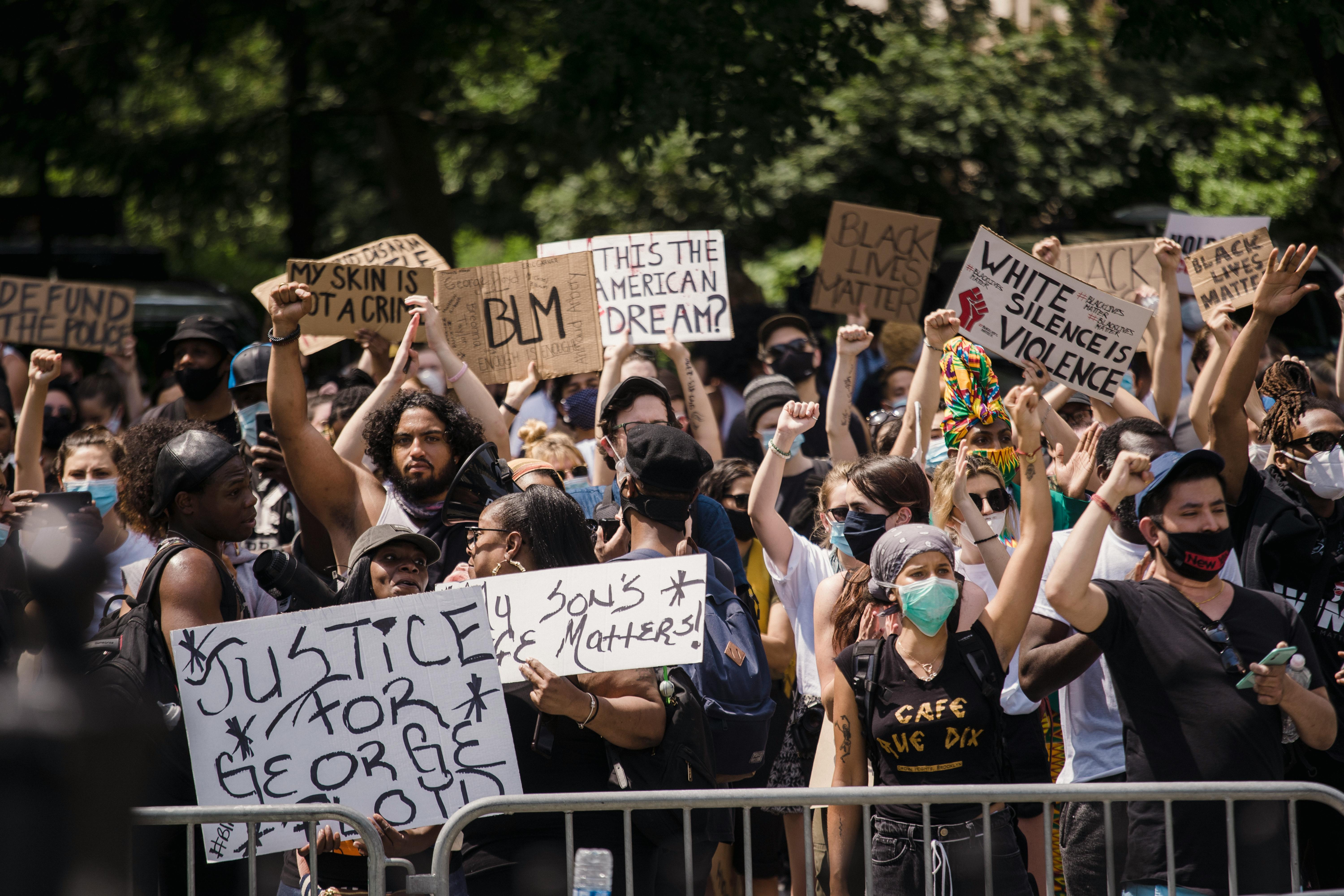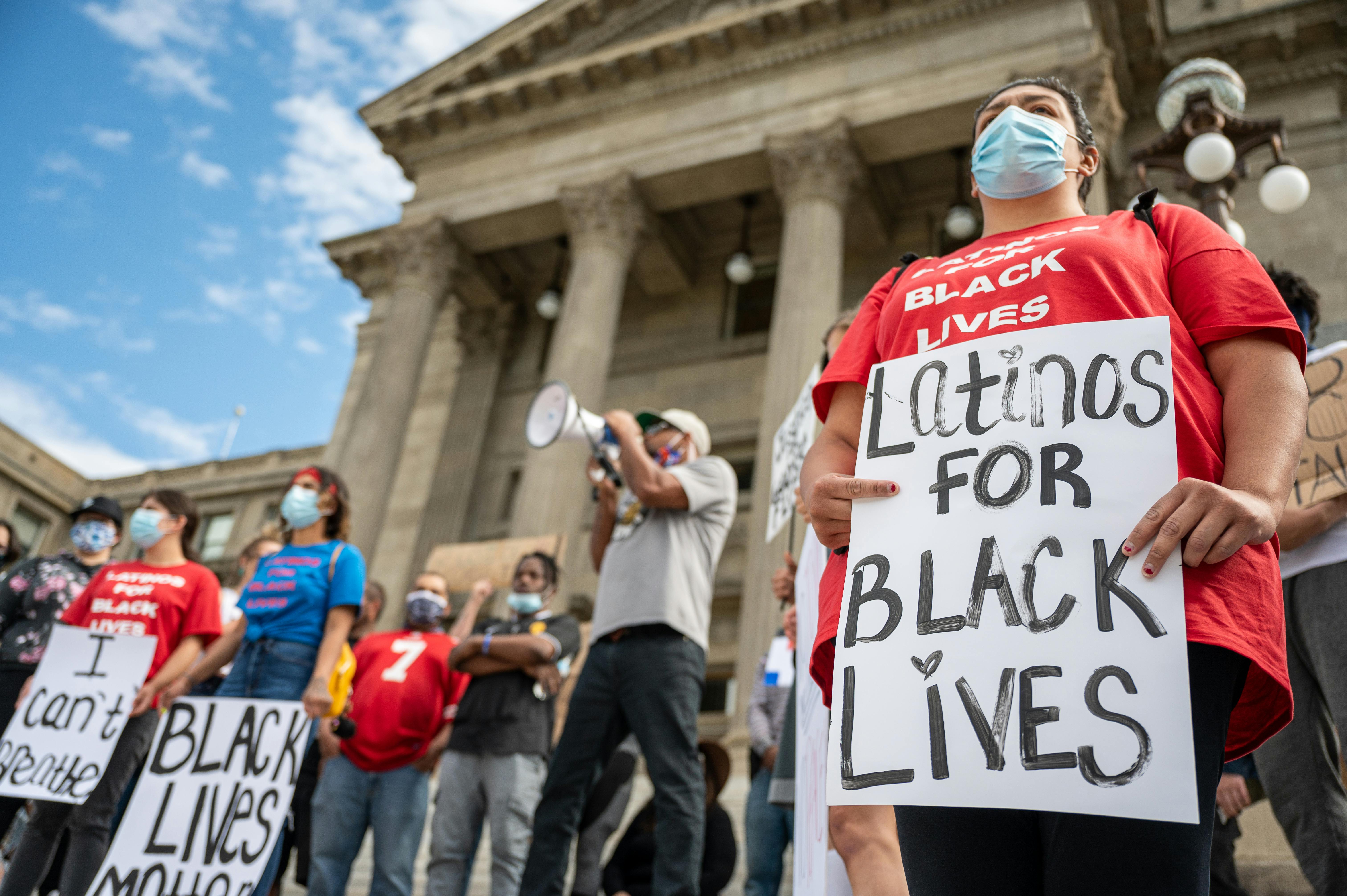A child is considered delinquent when he commits an act that is contrary to the law in force at that time and at the same time not accepted by society in general. The main law for juvenile delinquency in India at the moment in force is the Juvenile Justice (Care and Protection of Children) Act, 2015.
Various laws have previously been enacted to address the threat of juvenile delinquency, including:
1. Apprentices Act, 1850
This was the first piece of legislation that put children in a different position than adult felons and criminals. This Law provided that children who belong to an age group of 10 to 18 years convicted of any crime by the Court of Justice must receive professional training to help in their rehabilitation process.
2. Reformatory Schools Act, 1897
Under this law, the court was empowered to detain juvenile offenders in reformatories for a period of time from 2 to 7 years and also mentioned that it could not continue detention after the minor reached the age of 18.
3. Madras Children Act, 1920
This was the first Act which introduced the concept of juvenile courts and the same was later followed in the juvenile legislation of the Bengal legislature in the Bengal Children Act 1922 followed by the Bombay Children Act 1924.
4. Children Act, 1960
This Law represented a development with respect to the previous legislation, since it was approved to establish a basic model to follow. It provided for very elaborate and technical provisions covering various aspects. It provided for the establishment of Special Child Welfare Boards, specially designed to handle the cases of neglected children. The Law also went on to create a special position for the position of probation officer whose function was to advise and assist minor offenders. In addition, it established special children’s courts dealing with cases involving juvenile offenders. This Act was the first detailed legislation that discussed all aspects related to juvenile delinquency.
5. National Policy for the Welfare of Children, 1974
The policy was a very welcome step towards the development of the nation’s children as it emphasized making policies that would assist in the preparation and development of children and also emphasized providing equal opportunities to all children. during its development phase that would end. it would lower the juvenile delinquency rate and increase the human resources of the nation as a whole. This policy, along with previous legislation, helped in the formulation of a uniform code for the delivery of the juvenile justice system in India.
6. Juvenile Justice Act, 1986
India was the first country to enumerate the principles of the United Nations Standard Minimum Rules for the Administration of Justice by enacting the Juvenile Justice Act, 1986. This Act established the basic framework of the juvenile justice system in India. The law provided for a special approach that was required to be followed for the prevention and control of juvenile delinquency, and established norms and standards for the administration of juvenile justice. The law gave an inclusive definition of minor. According to the Law, the minor is a boy who has not reached the age of 16 and a girl who has not reached the age of 18. It also provided for the formation of special homes for juvenile delinquents and the handling of juvenile cases by special juvenile courts. In general, this law provided for an approach that provided for the care, protection, rehabilitation and treatment of juvenile offenders. This act repealed all previous legislation and formed the first uniform code of the juvenile justice system in India.
7. Juvenile Justice (Care and Protection) Act, 2000
This Act was an amendment to the Juvenile Justice Act of 1986. This Act came into force in April 2001. This Act ensures that children in need of care and protection are provided with all necessary facilities irrespective of their religion.
8. Juvenile Justice (Care and Protection) Act, 2014
This Law supersedes the aforementioned Laws. It establishes a provision whereby minors between the ages of 16 and 18 can be tried as adults for serious and heinous crimes. The law allowed the juvenile justice board to decide whether or not a minor should be treated as an adult in a particular case. The juvenile justice board is also made up of a psychologist and a sociologist. This Act introduced the provision of the Hauge Convention on the Protection of Children and Cooperation in Respect of Intercountry Adoption, 1993, which was not included in the aforementioned legislation. The Law also provides for the adoption of orphaned, abandoned and surrendered children.
9. Juvenile Justice (Care and Protection) Act, 2015
This Act is currently in force and is followed throughout India. The Law divides minors into two groups;
has. The child in conflict with the law
b. Child in need of care and protection
The Act establishes a uniform rule for all children under 18 years of age and also establishes an exception for children belonging to the age group of 16 to 18 years, specifying that they can be tried as adults with respect to serious and heinous crime if any. . committed by them. Under the said Act, a prison sentence of 3 to 7 years is provided for various crimes ranging from serious crimes, heinous crimes to misdemeanors. It strictly states that no child can be sentenced to death regardless of the crime committed by him. It also provided for the compulsory establishment of a juvenile justice board in each district, to be chaired by a metropolitan magistrate and also by two social workers, including a woman. The board must conduct a primary investigation into the crime committed within a certain period of time and decide whether a particular child should be sent to a rehabilitation center or not. Lastly, a special court is also established under the Act which is empowered to try cases against minors and also provided that, in case no such court is established, the court of sessions has jurisdiction to try the minor under of this Act. The Act also requires the establishment of a Child Welfare Committee.
In addition to these legislations, various provisions for children are made in the Constitution of India under article 15 (3) which allows the state to make special provisions for the development of children followed by article 23 which prohibits human trafficking, forced labor and begging. This was a practice. who had severely exploited children. Also, article 24 of the provision for the prohibition of employment of children under 14 years of age. These provisions were enacted in the Constitution to ensure that children’s development is not hampered and that they do not tend to develop criminal traits.
Not only limited to the constitution, the Indian Penal Code as well and the Criminal Procedure Code makes special provisions for children which are as follows:
1. IPC Section 82
It establishes absolute immunity for a child under 7 years of age and establishes that nothing is a crime committed by a child under 7 years of age.
2. IPC Section 83
This section again establishes that a crime committed by a child over 7 years of age and under 12 years of age is not a crime if said child is not mature enough for the judge to understand the consequences of his act.
3. article 317 of the IPC
Whoever, being the father or mother of a child under twelve years of age, taking care of such child, exposes or leaves such child in any place with the intention of abandoning it completely, will be punished with a prison sentence of any of the both a period that may be extended to seven years; or with a fine, or with both.
4. article 361 of the IPC
Whoever takes or induces a minor under sixteen years of age if he is a man, or a minor under eighteen years of age if he is a woman, or any person of sound mind, outside the custody of the legal guardian of said minor or person of sound mind, without the consent of said guardian, it is said that he kidnaps said minor or person of legal guardianship.
5. Article 27 of the Criminal Procedure Code
Any offense not punishable by death or life imprisonment, committed by any person who, at the date of his appearance or brought before the court, is under the age of sixteen, may be tried by a Superior Magistrate’s court, or by any court specially empowered under the Juvenile Act 1960 (60 of 1960), or any other law in force at the time that provides for the treatment, training and rehabilitation of juvenile offenders.


